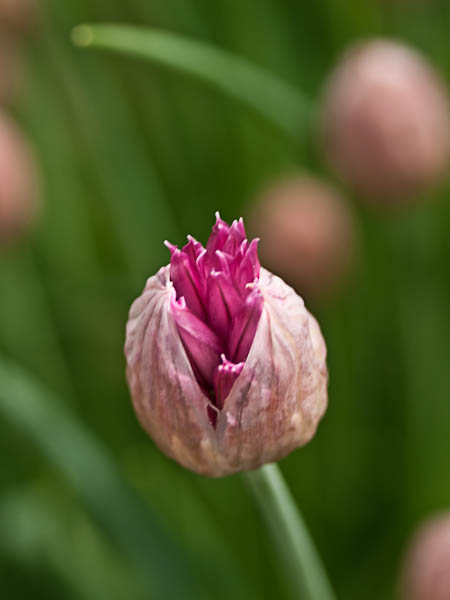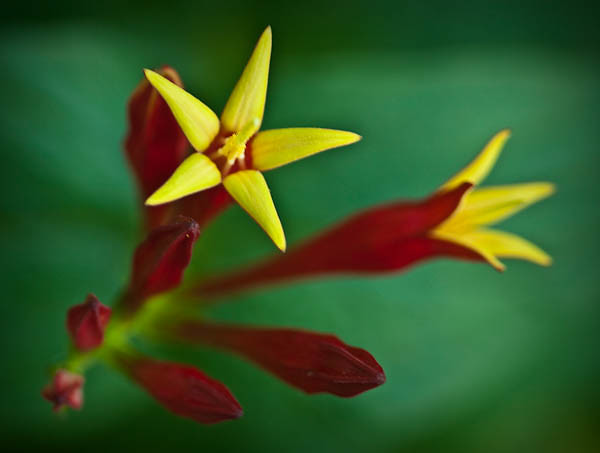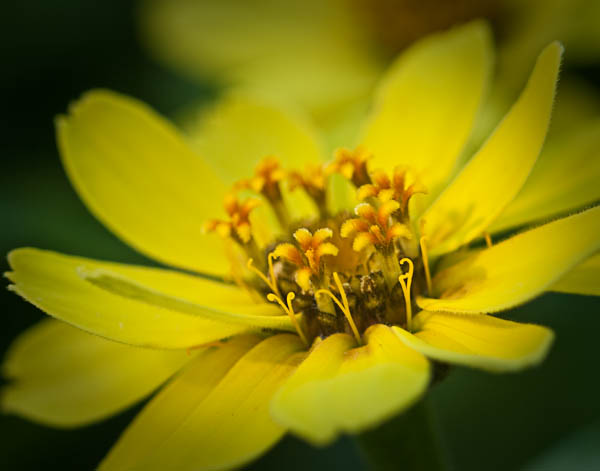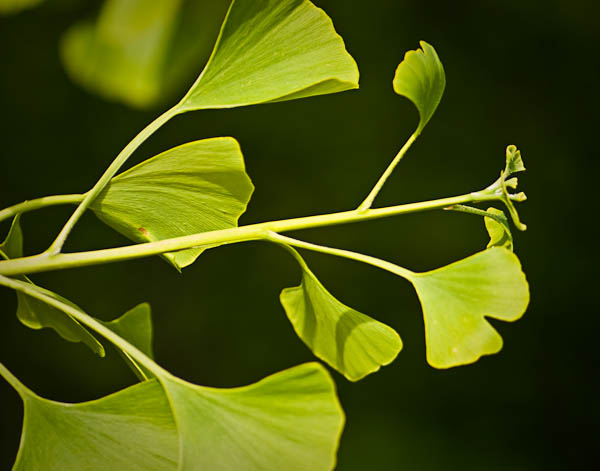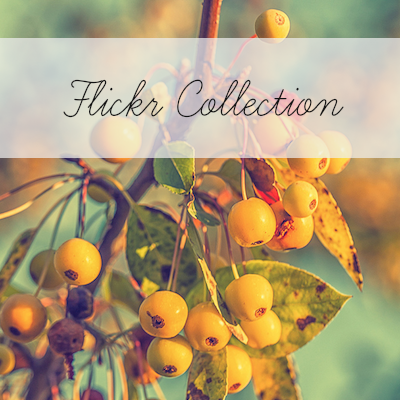So goes the journey called life.
Breaking Free
Pagoda Plant
Another wildflower that I photographed on my brief foray to Missouri. This is Blephilia ciliata, commonly known by a variety of names — Ohio horsemint, Downy Pagoda Plant, Downy Woodmint. It is a Missouri native perennial which grows in dry open woods and thickets, clearings, fields and roadsides in the eastern two thirds of the State.
It is a member of the mint family, and while aromatic, it is not as strong as most mints I’ve come across in the more northern climes. It appears to be attractive to butterflies and bees, at least it was in the wildflower garden at Shaw Nature Reserve.
The flowers are blue to purple and bloom from May through September. The plant grow in a circular column, sometimes having as many as six or seven pagodas full of flowers. The larger ones seem to outgrow themselves, and a few were tipped over with the weight of the hundreds of blossoms.
Pinkroot
While we were in the St. Louis area, we took a morning off from the graduation festivities, and visited the Shaw Nature Reserve, an extension of the Missouri Botanical Garden. It is located south of St. Louis in Chesterton, Missouri, and spans 2500 acres of natural Ozark landscape. We spent most of our limited time wandering the wildflower garden.
I’ve spent much of my adult life identifying wildflowers, but never in Missouri. I came across flower upon flower that I’d never seen before, rather a nice experience to see flowers through fresh, unknowing eyes. But once I returned home, I had to go to my ID books.
I loved this red wildflower with an eye catching yellow star, certainly a showy specimen from the Show Me State! Formally it is known as spigelia mariclandica, but it has nearly a dozen common names, including Pinkroot, Indian Pink, Woodland Pinkroot and Worm Grass. It is found in the southeastern United States, extending as far north as Virginia, Kentucky, southern Indiana, southern Illinois and Missouri, and as far west as Texas.
On Sunday, it was windy, and even after I’d put up a temporary windbreak, I still had to patiently wait while hoping the breezes would settle. As hot as it was – the high reached 96˚F and the humidity was high – the breeze felt fine to me, but played havoc with most of my attempts to photograph the many wildflowers on display.
Zinnia
Gingko on Black
I have always loved the simplicity of the gingko leaf – quite unusual when compared to other leaves, gently formed, a soothing shape. An ancient tree, fossils of gingko biloba leaves have been dated to the time of the dinosaurs.
The gingko. A living relic. A symbol of longevity.
Photographed at the Allen Centennial Gardens in Madison, Wisconsin.
